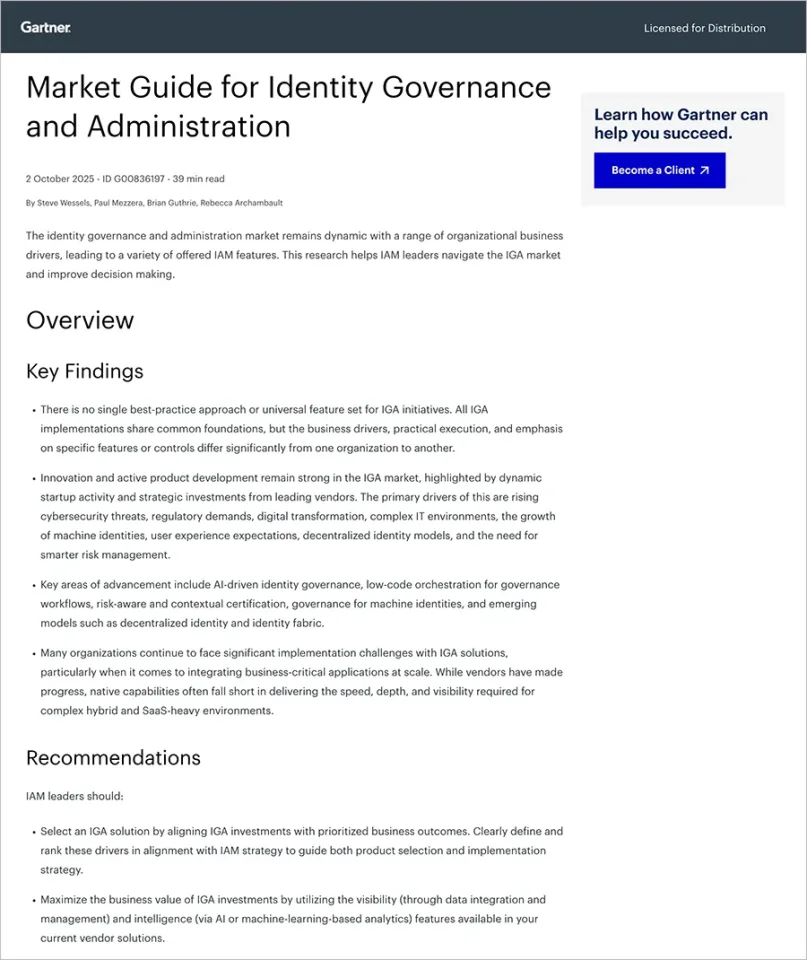Cash from operations is the lifeblood of organizations and many companies continue to make improvements to managing their overall working capital. But when examined closely, large companies’ working capital performance is often not as stellar as their balance sheets suggest. This false sense of progress could result in financial executives facing a liquidity bind when it’s least expected.
A popular measure of healthy working capital — and one followed closely by the investor community — is the Cash Conversion Cycle (CCC). The CCC is a measure of the net working capital metrics and is calculated by: DSO (Days Sales Outstanding) + DIO (Days Inventory Outstanding) – DPO (Days Payables Outstanding) = CCC.
If you just look at the broad metric, financial executives are only getting better as companies are able to quickly convert resources into cash flow. According to the 2017 CFO/ Hackett Group Working Capital Scoreboard, CCC for the top 1,000 non-financial companies fell in 2016 over 2015 by 1.4 days to 35.7 days.
But, once you look past the headline numbers and under the hood of the balance sheet, not all is as it seems.
A Rising Tide Lifts All Cash Boats
So why worry about cash when there seems to be so much of it on balance sheets?
First, with sales in the global economy relatively healthy and the cash to pay receivables plentiful, an improvement over a very mediocre performance in 2015 was almost expected. And despite the downtick in days, the CCC in 2016 was still relatively high. It was at nearly the same level in the depths of the Great Recession, when banks pulled company credit lines and businesses put off payments to suppliers in order to stay liquid.
The second reason the overall CCC improvement invites skepticism is that the trends in the components of working capital — DSO, DPO and DIO — are actually disconcerting. There is degradation in DSO performance, a slight deterioration in DIO and a long term improvement in DPO.
In fact, the improvement in cash flows can be attributed to a relatively healthy global economy that is driven largely by an improvement in DPO – stretching payments to vendors.




